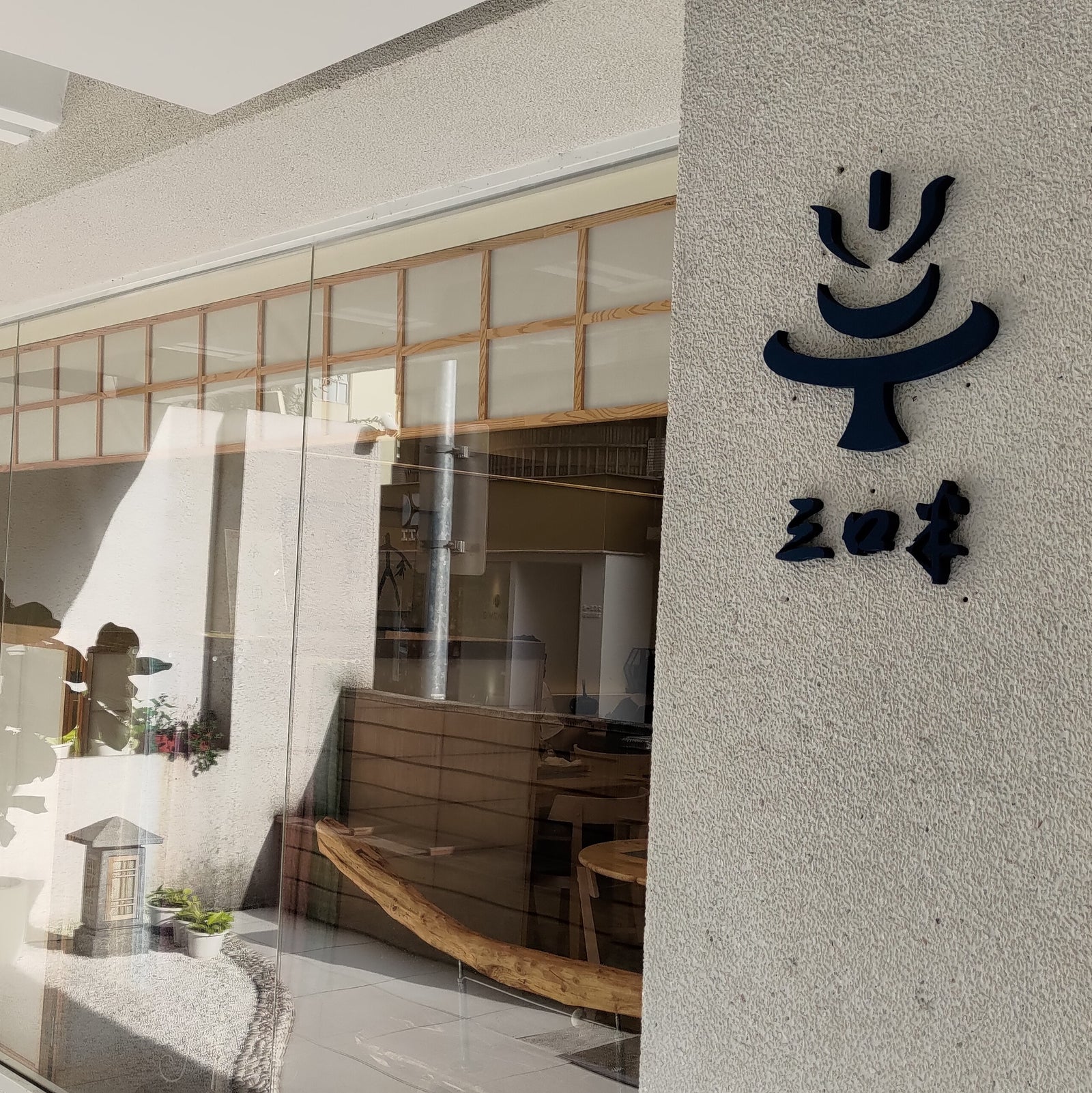Your Cart is Empty
Free Delivery for Over $300 in HK

Stepping into the Saguhan Tea House, which is filled with a Japanese style, the sunlight streaming in from outside feels exceptionally gentle and comfortable. Inside, a whole "wall of books" comes into view, all of which are the curator's treasured collections, allowing guests to enjoy tea while reading.
In this space, the fragrance of tea mingles with the scent of books.

Owner Steven Huang has had a lifelong bond with tea. In his youth, he was an art and literature enthusiast, and now he humorously refers to himself as an "old arty person" During the booming tea culture of the 1980s, he visited tea houses all over Taiwan. "Tea was very important in the early lives of Taiwanese people. In the past, in the south, people would greet each other in Taiwanese: 'Have you eaten? Come, have some tea.'" The interaction between people was deeply connected with tea.

Later, he found it difficult to find some of the flavors from his childhood, such as traditional Dong Ding Oolong, which had gradually changed. "If I can't drink it or find it, I'll make it myself." So in the 1990s, he decided to end his business and opened his first tea house, Zhu Li GuanHouse, to promote tea and even incorporate it into dishes. He also bought raw tea leaves from tea farmers to roast himself, fully immersing himself in the world of tea, passionately and obsessively, hoping to perfect it.
Tea gradually became his lifelong friend.

The tea house offers a wide variety of teas, one highlight being a series of Pu-erh teas, which are rare in the market. Here, I tried the 1999 Yiwu and the 2000 Phoenix Tuocha. His encounter with Pu-erh tea started early, and he has been collecting it ever since. He stores tea leaves in four different places, conducting scientific experiments, personally tracking the impact of environmental temperature and humidity on tea aging, and then wrote a book on "Post-Fermentation of Pu-erh Tea," detailing his findings

The tea menu also includes aged teas like Pouchong and black tea, all from his years of collection. "I have at least a hundred types of private tea collection." Maximizing the possibilities of tea and presenting its diverse aspects to customers is Steve Huang's expectation for himself. Even for cold brew tea, he blends different tea leaves, making the aroma sweeter and more complex; the foam on the cold brew tea is manually beaten by their tea artists using the "Whisked Tea" method. Such attention to a cup of cold brew tea is really surprising to me.

Though he is now of retirement age, he feels that the current industry's transmission of tea knowledge is quite chaotic. "Just the term 'Oolong tea' is unclear." Many people still can't tell whether Oolong is a variety or a process; fermented tea is called green tea. "Tea teachers need to connect with traditions and correctly disseminate them, or there will be a disconnect."
Tea events play an important role here, with numerous opportunities to taste and discuss tea directly, as well as incense ceremonies, flower arranging, calligraphy, etc. It seems like he wants to share the traditional tea culture of ancient times with everyone earnestly.

This tea space reflects the owner's personality, embracing traditional things, like a cup of well roasted and fermented traditional Dong Ding Oolong, or like "Kuah-pau”, a representative of "Taiwanese-styled burger." However, it also contains avant-garde creativity, like the special cold brew tea and the red rice bun and lettuce on the "Kuah-pau”.
Connecting tradition and innovation, allowing today to remember yesterday; sometimes the past is the best gift for the future.
Saguhan Tea House
No. 10, Lane 116, Section 1, Da'an Road
https://www.facebook.com/saguha.tea.hub
Comments will be approved before showing up.